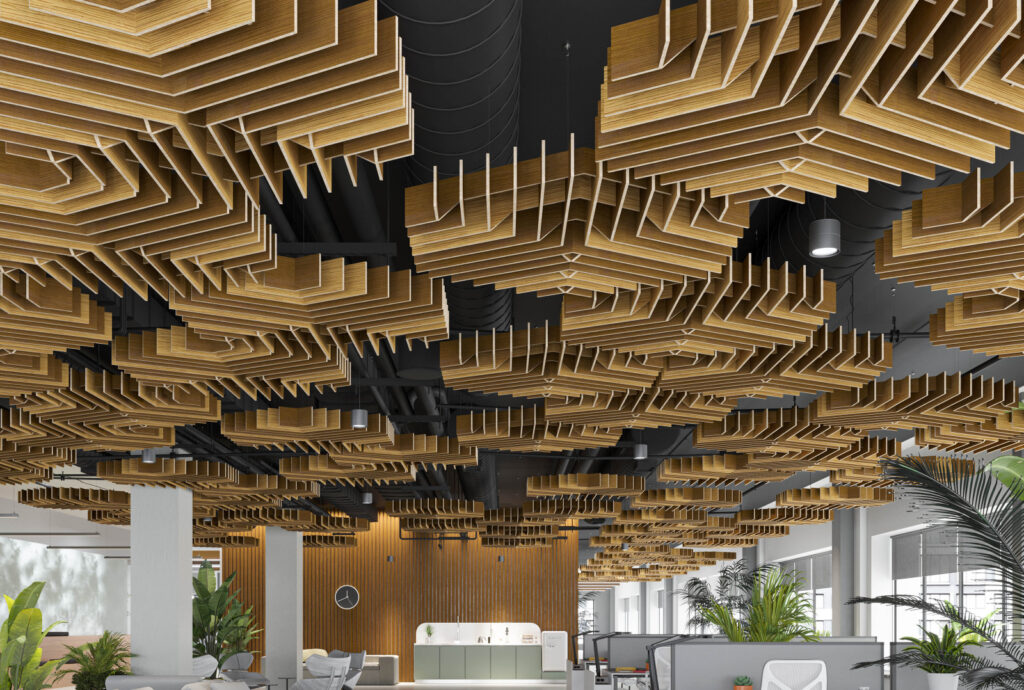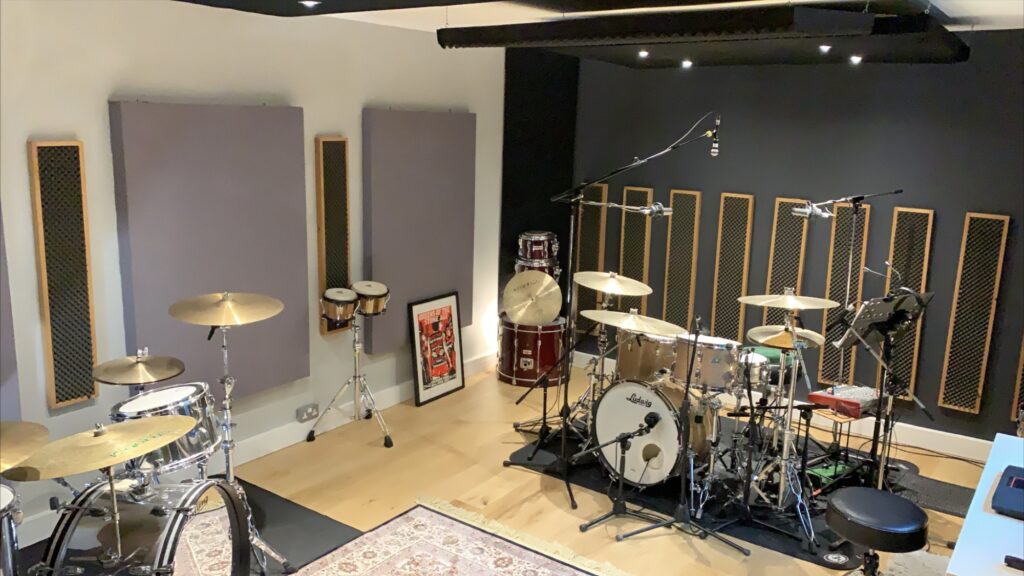Sound baffles, often seen hanging from the ceilings of concert halls, recording studios, and noisy workplaces, play a crucial role in controlling sound quality and reducing unwanted noise. These baffles, though seemingly simple in design, employ sophisticated acoustic principles to achieve their desired effect. In this article, we delve into the mechanics of sound baffles, elucidating their operation and exploring their various applications.
Understanding Sound Baffles:
Sound baffles are acoustic panels designed to absorb, diffuse, or redirect sound waves in a given space. They are typically constructed from materials with high sound absorption coefficients, such as foam, fiberglass, or mineral wool. The primary function of sound baffles is to mitigate reverberation and echoes within a room, thus enhancing speech intelligibility, music clarity, and overall acoustic comfort.
Mechanics of Sound Absorption:
Sound absorption is a key mechanism through which sound baffles operate. When sound waves encounter the surface of a baffle, they penetrate into the material and undergo multiple reflections within its porous structure. During this process, energy is dissipated as heat, effectively reducing the intensity of the sound waves. Materials with open-cell structures, like acoustic foam, are particularly effective at absorbing sound due to their ability to trap and dissipate sound energy efficiently.
Diffusion and Reflection:
In addition to absorption, sound baffles can also serve as diffusers or reflectors. Diffusive baffles scatter sound waves in various directions, breaking up strong reflections and creating a more balanced acoustic environment. Reflective baffles, on the other hand, redirect sound waves away from specific areas, helping to control the distribution of sound within a space.
Placement and Design Considerations:
The effectiveness of sound baffles depends on various factors, including their placement, density, thickness, and surface treatment. Strategic placement of baffles in areas of high sound activity, such as near speakers or noisy machinery, can significantly improve acoustic performance. Additionally, the design of baffles, including their shape, size, and surface texture, plays a critical role in optimizing sound absorption and diffusion properties.
Applications of Sound Baffles:

Sound baffles find applications across a wide range of industries and environments, including:
- Architectural Spaces: Baffles are commonly used in auditoriums, conference rooms, and open-plan offices to improve speech clarity and reduce reverberation.
- Recording Studios: Baffles play a vital role in recording studios by minimizing unwanted reflections and creating an acoustically controlled environment for accurate sound reproduction.
- Industrial Settings: In industrial facilities, sound baffles help mitigate noise pollution generated by machinery and equipment, thereby ensuring a safer and more comfortable working environment for employees.
- Commercial Spaces: Restaurants, bars, and entertainment venues utilize baffles to enhance the acoustic experience for patrons and minimize noise disturbances.
Conclusion:
Sound baffles play a crucial role in controlling sound quality and reducing noise in a variety of environments. By understanding the mechanics of sound absorption, diffusion, and reflection, along with proper design considerations, individuals and organizations can effectively utilize sound baffles to create more comfortable and acoustically pleasing spaces. Whether in architectural settings, recording studios, or industrial facilities, sound baffles contribute to improved sound quality and enhanced overall well-being.
FAQs:
Do sound baffles completely eliminate noise?
While sound baffles can significantly reduce noise levels, they do not eliminate sound entirely. Their effectiveness depends on various factors, including the type of baffle, the material used, and the specific acoustic properties of the environment.
How do I determine the number of baffles needed for my space?
The number of baffles required depends on the size of the room, its acoustic characteristics, and the desired level of sound control. Acoustic consultants can conduct assessments and provide recommendations tailored to your specific needs.
Are there different types of sound baffles available?
Yes, sound baffles come in various forms, including wall-mounted panels, suspended baffles, and ceiling clouds. Each type offers unique advantages in terms of installation flexibility and acoustic performance.
Can sound baffles improve the sound quality of music recordings?
Yes, sound baffles are commonly used in recording studios to minimize unwanted reflections and create a more controlled acoustic environment. This helps improve the accuracy and clarity of music recordings.




